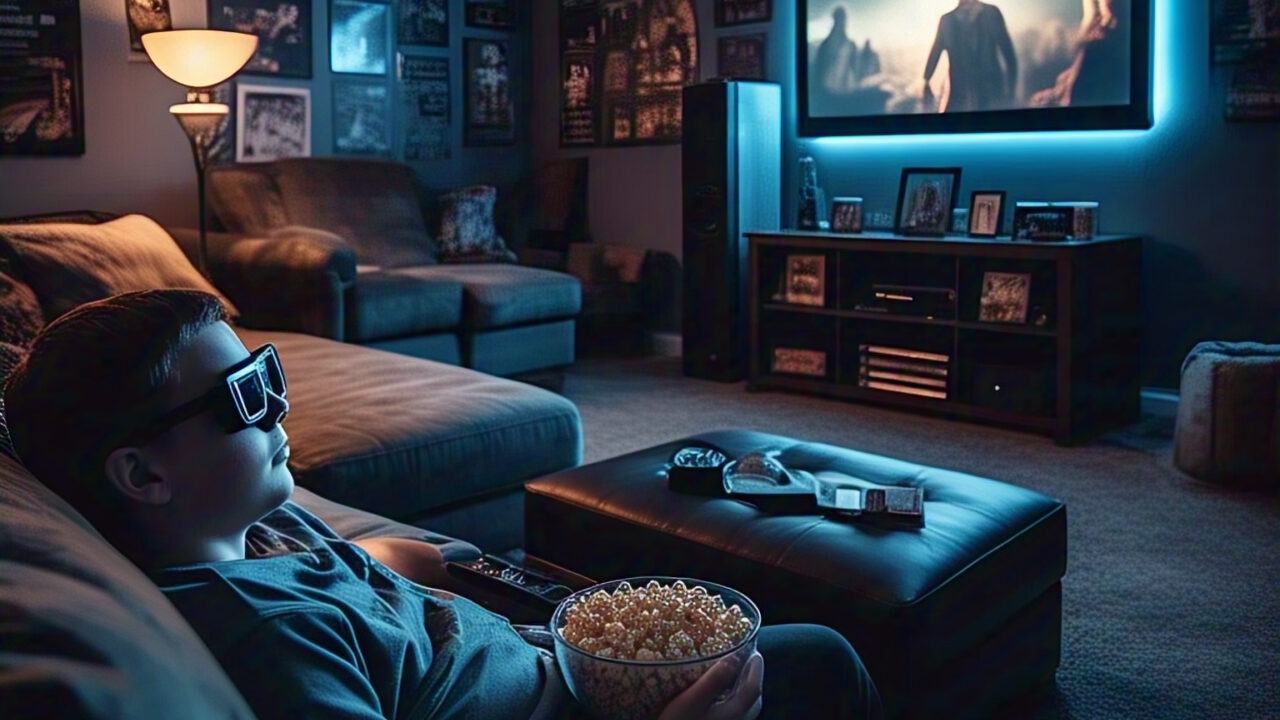As the lights dim in the theater and the eerie soundtrack begins to play, we can’t help but feel a rush of adrenaline coursing through our veins. Horror movies have been a staple of entertainment for decades, captivating audiences with their blend of suspense, terror, and intrigue. From the classic Universal monster movies to the modern-day franchises that dominate the box office, horror films have undergone a significant transformation over the years.
Let’s take a journey through the evolution of horror movies, shall we? We’ll explore the key milestones, iconic characters, and shifting trends that have shaped the genre into what it is today.
The early days of horror cinema were marked by the release of iconic films like Nosferatu (1922), Frankenstein (1931), and Dracula (1931). These movies introduced us to the likes of Count Dracula, Frankenstein’s monster, and other legendary creatures that continue to captivate audiences. The Universal monster movies, as they came to be known, set the stage for the horror genre’s growth and popularity.
The 1960s and 1970s saw the emergence of a new wave of horror filmmakers, who pushed the boundaries of the genre with their innovative storytelling and atmospheric tension. Directors like Alfred Hitchcock (Psycho, 1960) and Stanley Kubrick (The Shining, 1980) crafted films that were both terrifying and thought-provoking.
The 1980s and 1990s witnessed the rise of slasher films, with franchises like Halloween, A Nightmare on Elm Street, and Friday the 13th dominating the box office. These movies introduced us to iconic villains like Michael Myers, Freddy Krueger, and Jason Voorhees, who became household names.
In recent years, horror movies have continued to evolve, incorporating new themes, styles, and technologies. The Conjuring (2013) and Get Out (2017) are two examples of modern horror films that have achieved both critical acclaim and commercial success. These movies demonstrate the genre’s ability to adapt to changing audience preferences and societal concerns.
As we look to the future of horror cinema, it’s clear that the genre will continue to evolve and captivate audiences. With the rise of streaming platforms and social media, horror fans have more ways than ever to engage with their favorite films and discover new ones. Whether you’re a fan of classic monster movies or modern psychological thrillers, there’s no denying the enduring appeal of horror films.





